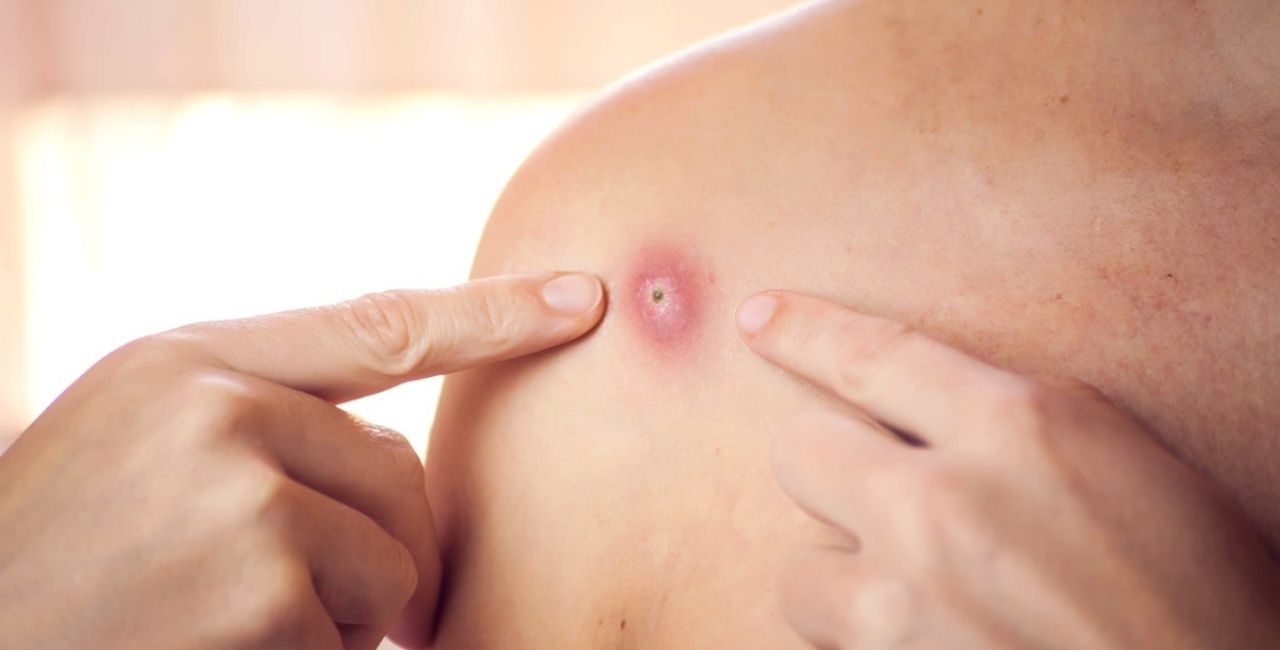Czech officials have confirmed the country’s first case of monkeypox, a rare but potentially serious illness causing flu-like symptoms and rashes that lead to painful pustules on the body.
The chairman of the infectious medicine group at the JE Purkyně Czech Medical Society, Pavel Dlouhý, said that the patient in question was being treated at Prague’s Central Military Hospital.
More than 100 cases of monkeypox have been confirmed in 17 countries, 11 of them in EU member states, including Great Britain, Spain, Portugal, and Germany.
No associated deaths have been reported to date.
Doctors in the Czech Republic have been warned to be on alert for the symptoms and have received instructions on how to proceed in the event of a suspect case.
What is monkeypox and what are its symptoms?
Monkeypox is a usually mild virus that causes fever as well as a bumpy rash. It is mostly transmitted to people from wild animals but human transmission is also possible.
Human monkeypox was first identified in humans in 1970 in the Democratic Republic of the Congo. It is called monkeypox because it was first identified in colonies of monkeys that were kept for research in 1958.
The virus is most common in remote parts of Central and West Africa.
According to the World Health Organization (WHO), symptoms of monkeypox typically include:
- fever
- intense headache
- muscle aches
- back pain
- low energy
- swollen lymph nodes
- rash or lesions
The rash tends to first develop on the face before spreading elsewhere on the body, including on the soles of feet and palms of hands. They can also be found on the mouth, genitals and eyes.
Symptoms typically last between two to four weeks, with most people recovering from the illness without treatment. Newborns, children and people with underlying immune deficiencies may be at risk of more serious symptoms and death from monkeypox.
The case fatality ratio of monkeypox has historically ranged from 0 to 11 percent in the general population and has been higher among young children. In recent times, the case fatality ratio has been approximately 3 to 6 percent.
How does monkeypox spread?
Monkeypox is transmitted to humans through close contact with an infected person or animal, or with material contaminated with the virus.
Monkeypox can spread from one person to another through close physical contact, including sexual contact.
The rash, bodily fluids and scabs are particularly infectious. Clothing, bedding, towels or objects like eating utensils that have been contaminated with the virus from contact with an infected person can also infect others.
Monkeypox treatment
In most cases, monkeypox symptoms resolve on their own without the need for treatment.
For those who are infected, it is important to take care of the rash or sores by letting them dry out if possible or covering them with a dressing to protect the area. Both infected and uninfected people should avoid touching any sores.
Mouth rinses and eye drops can be used as long as cortisone-containing products are avoided. Vaccinia immune globulin (VIG) may be recommended for severe cases. An antiviral known as tecovirimat, or TPOXX, can also be used to treat monkeypox.
Support Prague Morning!
We are proud to provide our readers from around the world with independent, and unbiased news for free.
Our dedicated team supports the local community, foreign residents and visitors of all nationalities through our website, social media and newsletter.
We appreciate that not everyone can afford to pay for our services but if you are able to, we ask you to support Prague Morning by making a contribution – no matter how small 🙂 .




